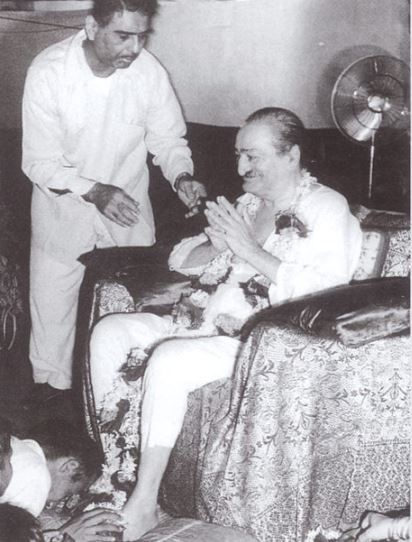
Love for the Master leads to increasing identification with the Master, so that the aspirant desires to live in and for the Master and not for his own narrow self. This leads to the meditation of action.
The initial modes of the meditation of action usually take the following forms:
(1) The aspirant mentally offers the Master all that is in him, thus renouncing all that is good or evil in him. This frees him from the good as well as the bad ingredients of the ego and helps him not only in transcending these opposites but also in finding a lasting and true integration with the Master.
(2) The aspirant volunteers himself in the service of the Master or his cause. Doing work for the Master in the spirit of selfless service is as good as meditation.
(3) The aspirant does not allow the ego to feed upon any of his actions-small or great, good or bad. He does not think, “I do this,” but on the contrary systematically develops the thought that through him the Master is really doing all that he does.
For example, when he looks, he thinks, “The Master is looking”; when he eats, he thinks, “The Master is eating”; when he sleeps, he thinks, “The Master is sleeping”; when he drives a car, he thinks, “The Master is driving the car.” Even when he may happen to do something wrong, he thinks, “The Master is doing this.”
Thus he completely relinquishes all agency for his actions, and all that is done by him is brought into direct reference to the Master. This automatically and necessarily involves and entails determination of each action in the light of the spiritual ideal as seen in the Master.
-Discourses 7thed., p232